Who is Mary Ainsworth?
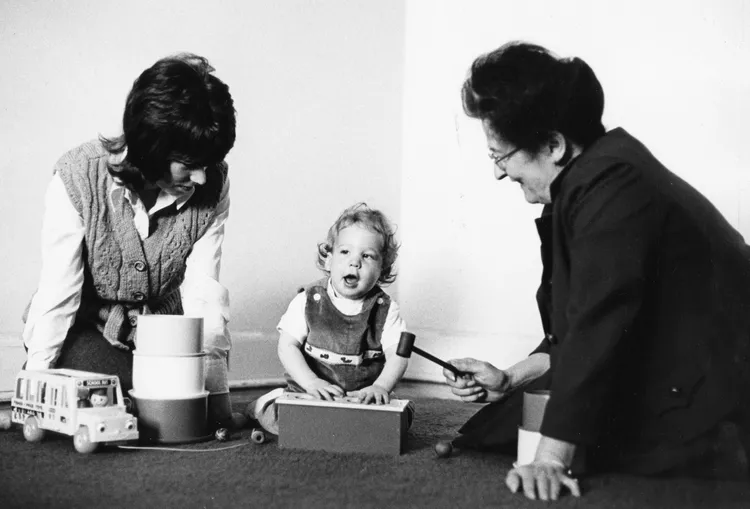
Mary Ainsworth (1913-1999) was an influential American-Canadian developmental psychologist best known for her groundbreaking work in attachment theory. Her research on mother-infant interactions and the development of the Strange Situation procedure revolutionized our understanding of the nature and importance of early attachment relationships. Ainsworth’s work not only provided empirical support for John Bowlby’s theory of attachment but also expanded and refined the theory, making it one of the most significant and enduring frameworks in developmental psychology.
1. Early Life and Academic Career
1.1. Childhood and Education
Mary Dinsmore Salter was born on December 1, 1913, in Glendale, Ohio. The oldest of three sisters, she grew up in a middle-class family that valued education. Ainsworth’s parents fostered her intellectual curiosity and encouraged her academic pursuits. In 1929, at the age of 16, she enrolled at the University of Toronto, where she studied psychology and graduated with honors in 1935.
Inspired by William Blatz, a professor at the University of Toronto, Ainsworth developed an early interest in security theory, which would later influence her work on attachment. She went on to earn her master’s degree in psychology at the University of Toronto in 1936 and her Ph.D. in developmental psychology from the same institution in 1939.
1.2. Early Research and Academic Appointments
After completing her doctorate, Ainsworth joined the faculty at the University of Toronto, where she taught for several years. During World War II, she served in the Canadian Women’s Army Corps, where she rose to the rank of Major and gained valuable experience in personnel selection and administration.
In 1950, Ainsworth married Leonard Ainsworth and moved to London, where she worked as a research psychologist at the Tavistock Clinic. It was there that she began her collaboration with John Bowlby, who was developing his theory of attachment. Ainsworth’s research on mother-infant separations provided empirical support for Bowlby’s ideas and helped to refine the theory.
2. Contributions to Attachment Theory
2.1. The Uganda Study
In 1954, Ainsworth and her husband moved to Uganda, where she conducted a groundbreaking study of mother-infant interactions among the Ganda people. The Uganda study was one of the first to use naturalistic observation to examine attachment behaviors in a non-Western culture.
Ainsworth observed 28 mother-infant pairs over a period of several months, focusing on the infants’ responses to separation and reunion with their mothers. She identified three main attachment patterns: securely attached infants, who explored freely in their mothers’ presence and sought comfort when distressed; insecurely attached infants, who were anxious and clingy even when their mothers were present; and non-attached infants, who showed little distress when separated from their mothers and little joy upon reunion.
The Uganda study provided important evidence for the universality of attachment behaviors and highlighted the role of sensitive, responsive caregiving in the development of secure attachment.
2.2. The Baltimore Study and the Strange Situation
Upon returning to the United States in 1955, Ainsworth took a position at Johns Hopkins University, where she continued her research on mother-infant attachment. In the early 1960s, she launched the Baltimore study, which would become her most famous and influential work.
The Baltimore study involved 26 middle-class mother-infant pairs, who were observed in their homes over the first year of the infants’ lives. Ainsworth and her colleagues focused on the mothers’ sensitivity and responsiveness to their infants’ signals and the infants’ use of their mothers as a secure base for exploration.
To assess the quality of attachment more systematically, Ainsworth developed the Strange Situation procedure, a standardized laboratory assessment that involves a series of separations and reunions between the infant and mother in an unfamiliar setting. The Strange Situation allowed researchers to classify infants into three main attachment categories:
– Secure attachment: Infants who explored freely in their mothers’ presence, showed distress upon separation, and were easily comforted upon reunion.
– Anxious-resistant attachment: Infants who were clingy and anxious even in their mothers’ presence, became highly distressed upon separation, and were difficult to comfort upon reunion.
– Anxious-avoidant attachment: Infants who showed little distress upon separation and tended to avoid their mothers upon reunion.
The Strange Situation revolutionized the study of attachment, providing a standardized, empirically validated tool for assessing the quality of early attachment relationships. It has been widely replicated and remains a gold standard in attachment research.
2.3. Maternal Sensitivity and the Caregiving System
Ainsworth’s work emphasized the critical role of maternal sensitivity and responsiveness in shaping the development of attachment. She defined sensitivity as the mother’s ability to perceive and accurately interpret her infant’s signals and to respond promptly and appropriately to those signals.
Ainsworth argued that sensitive, responsive caregiving fosters the development of secure attachment by providing the infant with a secure base from which to explore the world and a haven of safety to return to when distressed. In contrast, insensitive or inconsistent caregiving can lead to the development of anxious or avoidant attachment patterns.
Ainsworth’s focus on maternal sensitivity expanded attachment theory beyond its initial emphasis on the infant’s innate attachment behaviors to include the critical role of the caregiver in shaping attachment security. This work laid the foundation for subsequent research on the caregiving system and the intergenerational transmission of attachment patterns.
3. Legacy and Impact
3.1. Influence on Developmental Psychology
Ainsworth’s contributions to attachment theory have had a profound and lasting impact on the field of developmental psychology. Her work provided empirical support for Bowlby’s ideas and helped to establish attachment as a central construct in the study of early social and emotional development.
The Strange Situation procedure remains a widely used tool in attachment research, and the classification system developed by Ainsworth and her colleagues has been expanded and refined over the years. Subsequent research has explored the antecedents, correlates, and consequences of different attachment patterns, as well as the factors that contribute to stability and change in attachment over time.
Ainsworth’s emphasis on the role of sensitive, responsive caregiving in shaping attachment security has also had important implications for parenting practices and early intervention programs. Her work has informed efforts to promote positive parent-child relationships and to support the development of secure attachment in at-risk populations.
3.2. Applications in Clinical and Applied Settings
Attachment theory has had significant applications in clinical and applied settings, informing approaches to psychotherapy, family intervention, and child welfare. Ainsworth’s work has been particularly influential in the development of attachment-based interventions for children and families.
In the realm of psychotherapy, attachment theory has informed the development of models such as emotionally focused therapy, which emphasizes the role of attachment in adult romantic relationships. Attachment-based approaches to family therapy focus on promoting secure attachment relationships within the family system and addressing the intergenerational transmission of attachment patterns.
In the child welfare system, attachment theory has been used to guide decisions about foster care and adoption placements, emphasizing the importance of providing children with stable, nurturing caregiving environments. Attachment-based interventions have also been developed to support foster and adoptive parents in promoting secure attachment relationships with their children.
3.3. Continuing Relevance and Future Directions
More than two decades after her death, Mary Ainsworth’s work continues to shape the landscape of developmental psychology and related fields. Her contributions to attachment theory have stood the test of time, providing a robust and generative framework for understanding the nature and significance of early attachment relationships.
As the field of attachment research continues to evolve, new directions and challenges have emerged. Researchers are increasingly interested in understanding the neural and biological underpinnings of attachment, exploring the role of genetics and epigenetics in shaping attachment patterns. There is also growing attention to the cultural and contextual factors that influence attachment processes, and to the development of culturally sensitive measures and interventions.
At the same time, there is ongoing debate and discussion about some of the assumptions and limitations of attachment theory. Some critics have argued that the theory places too much emphasis on the role of the mother-infant relationship, neglecting the influence of other important relationships and contextual factors. Others have questioned the cross-cultural validity of the Strange Situation and the attachment classification system, pointing to the need for more culturally diverse research.
Despite these challenges, the enduring legacy of Mary Ainsworth’s work is clear. Her contributions to attachment theory have provided a powerful lens for understanding the critical importance of early relationships in shaping human development and well-being. As the field continues to evolve and new research questions emerge, Ainsworth’s insights and innovations will undoubtedly continue to inspire and inform the work of developmental scientists and practitioners around the world.
4. Conclusion
Mary Ainsworth’s groundbreaking research on mother-infant attachment has left an indelible mark on the field of developmental psychology. Her work not only provided empirical support for John Bowlby’s theory of attachment but also expanded and refined the theory, highlighting the critical role of maternal sensitivity and responsive caregiving in shaping the development of secure attachment.
Ainsworth’s methodological innovations, particularly the Strange Situation procedure, revolutionized the study of attachment and provided researchers with a standardized tool for assessing the quality of early attachment relationships. Her findings on the antecedents and consequences of different attachment patterns have had far-reaching implications for our understanding of early social and emotional development.
Beyond its theoretical and empirical contributions, Ainsworth’s work has had significant practical applications in clinical, educational, and child welfare settings. Attachment-based interventions and approaches have been developed to support the development of secure attachment relationships and to address the needs of children and families facing attachment-related challenges.
As we reflect on the legacy of Mary Ainsworth, we are reminded of the profound and enduring impact that early relationships have on human development and well-being. Her work challenges us to create a world in which all children have the opportunity to develop secure, nurturing attachments with their caregivers, laying the foundation for healthy social and emotional functioning throughout the lifespan.
While the field of attachment research continues to evolve and new challenges emerge, the core insights and contributions of Mary Ainsworth remain as relevant and compelling as ever. Her legacy inspires us to continue exploring the complexities of human attachment, to develop innovative methods and interventions to support healthy development, and to work towards a future in which every child can experience the transformative power of secure, loving relationships.
Bibliography
- Ainsworth, M. D. S. (1967). Infancy in Uganda: Infant care and the growth of love. Johns Hopkins University Press. – This book is based on Ainsworth’s field research in Uganda, where she studied mother-infant interactions and early attachment behaviors.
- Ainsworth, M. D. S., Blehar, M. C., Waters, E., & Wall, S. (1978). Patterns of attachment: A psychological study of the strange situation. Lawrence Erlbaum Associates. – A seminal work where Ainsworth and her colleagues outline the “Strange Situation” procedure, a method to assess attachment styles in children.
- Ainsworth, M. D. S. (1989). Attachments beyond infancy. American Psychologist, 44(4), 709-716. – This article discusses Ainsworth’s research on attachment styles extending beyond infancy into childhood and adolescence.
- Ainsworth, M. D. S. (1991). Attachments and other affectional bonds across the life cycle. In C. M. Parkes, J. Stevenson-Hinde, & P. Marris (Eds.), Attachment Across the Life Cycle (pp. 33-51). Routledge. – A chapter where Ainsworth explores attachment theory in the context of human relationships across different stages of life.
- Main, M., & Solomon, J. (1990). Procedures for identifying infants as disorganized/disoriented during the Ainsworth Strange Situation. In M. T. Greenberg, D. Cicchetti, & E. M. Cummings (Eds.), Attachment in the preschool years: Theory, research, and intervention (pp. 121-160). University of Chicago Press. – Discusses the development of attachment classifications, building on Ainsworth’s original work.
- Cassidy, J., & Shaver, P. R. (Eds.). (1999). Handbook of attachment: Theory, research, and clinical applications. Guilford Press. – Includes chapters that discuss Ainsworth’s contributions to attachment theory, alongside other foundational research in the field.
- Bretherton, I. (1992). The origins of attachment theory: John Bowlby and Mary Ainsworth. Developmental Psychology, 28(5), 759–775.
Read More Depth Psychology Articles:
Taproot Therapy Collective Podcast
Influential Psychologists

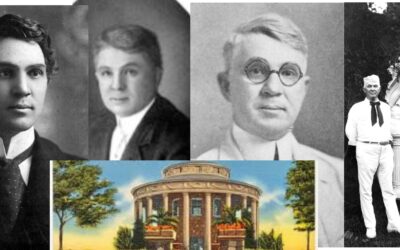
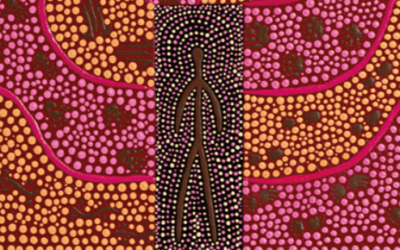
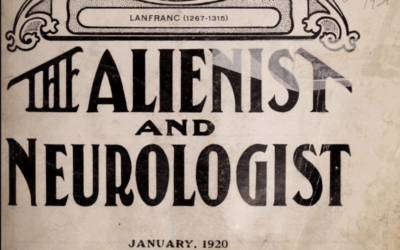
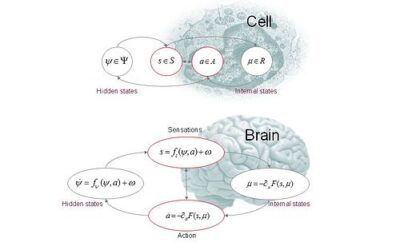
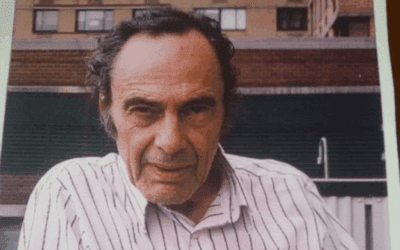
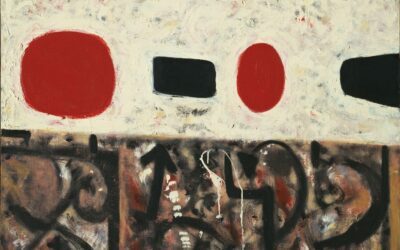
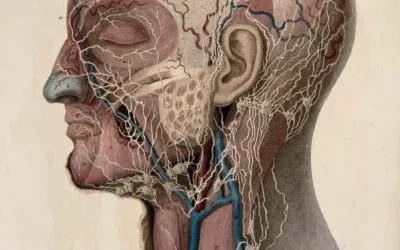
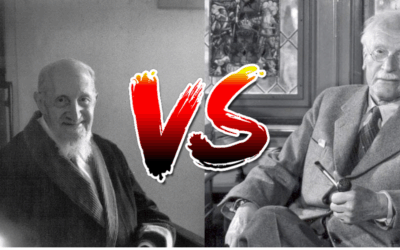

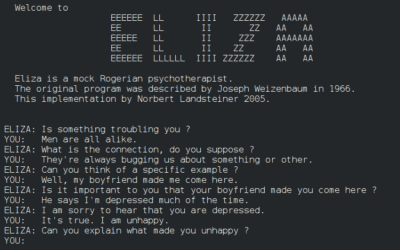


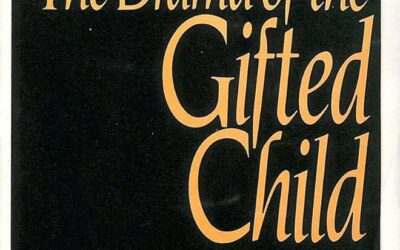
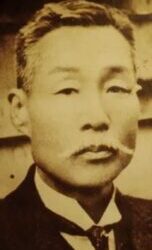
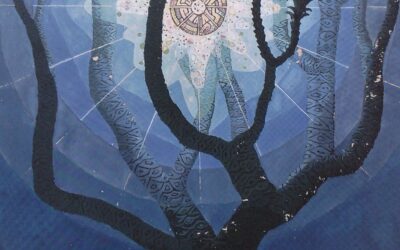

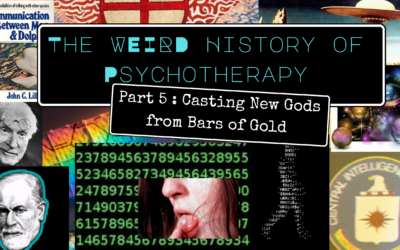

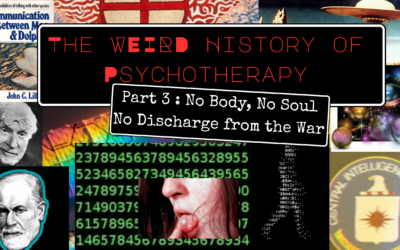
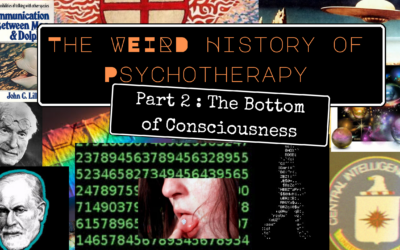
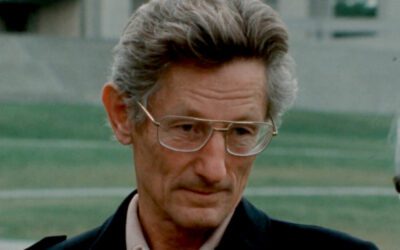

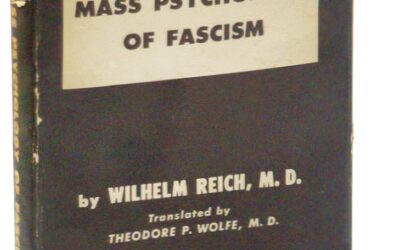
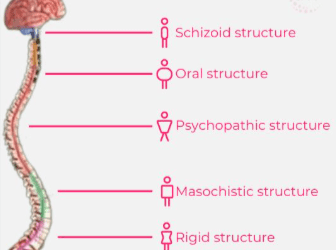

0 Comments